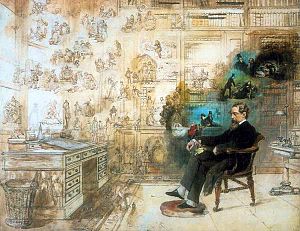 Sara Mandell and David Noel Freedman give us some valuable tips on how to read
Sara Mandell and David Noel Freedman give us some valuable tips on how to read
- the pagan Greek work of “History” by Herodotus
- much of the biblical history of Israel (Genesis to 2 Kings)
- and the Gospels
in their 1993 volume The Relationship Between Herodotus’ History and Primary History (Genesis to 2 Kings).
Among several threads tying all these three pieces of literature together:
- all three are about human affairs being directed by divinities
- all three contain strong theological themes and messages
- and this message is reinforced with somewhat nebulous endings that contain a mix of optimism and uncertainty as to the future (i.e. Herodotus, 2 Kings, Mark)
- all three ostensibly present themselves as “histories”
- all three contain a mix of mythical (including nonhuman) characters and historical persons
- all three relate miraculous and supernatural events as significant functions in their narratives
- all three contain a similar narrative structure in that there is a significant change in tone and types of events and course of action once the setting moves to a traditional homeland or theologically charged centre (e.g. the Greek mainland, the Promised Land, Jerusalem)
- all three are predominantly prose narratives, yet at the same time all three contain a mix of genre elements such as epic, tragedy, novella and poetry.
In my previous post (or the one before that) I cited two key points that are fundamental to understanding any literary work. I repeat them here and add one more: Continue reading “How to Read the Gospels”
